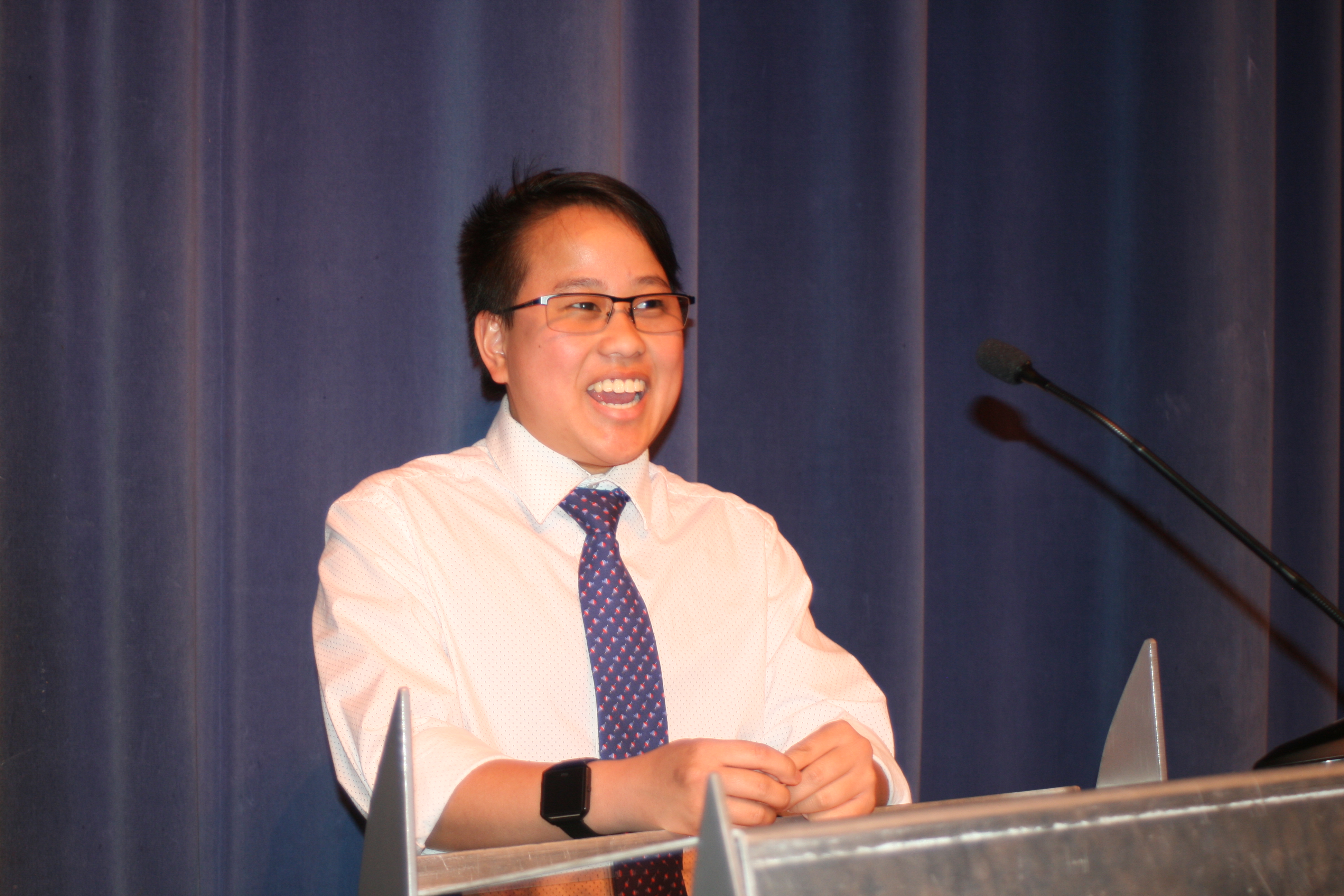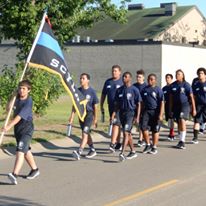by Darren Diekmann
news@thenewsleaders.com
Sartell High School seniors recently tackled the difficult issue of physician-assisted suicide in the form of debate in a partially-filled auditorium of teachers and fellow students.
The debate was part of a college speech class the seniors are taking through Southwest Minnesota State University through the College Now program. The class is taught by Sartell English teacher Lisa Wilson and will give students both college and high-school credit.
The debate was conducted in a modified Lincoln-Douglas format. A strict format would be person-to-person, and be values-based – right and wrong. The students’ debate was more fact-based.
“We opened it up so two teams are debating each other,” Wilson said. “And we have the students debate policy, and not values, to make it more tangible to the students.”
The 12 students themselves chose the debate topic of whether to legalize doctor-assisted suicide for a person with a terminal illness.
“We brainstormed in class about major issues, debated the pros and cons, and they came up with this one,” Wilson said.
They found it to be timely since five states have legalized it already, and the Minnesota Legislature has considered it recently.
“They broke this down and decided it was important to them,” she said.
The students also chose on which team they wanted to be. Seven wanted to argue the affirmative position, the legalization of doctor-assisted suicide. Five picked the negative or opposing position.
The affirmative team started with six minutes to make its case. This was followed by preparation time for the negative team to cross-examine the affirmative. Then the negative team made its case followed by cross-examination by the affirmative. This was followed by timed rebuttals – two for the affirmative team, one for the negative team.
Which side won the debate was secondary to other criteria, Wilson said. More importantly is if each student and team delivered the information well, acted professionally, followed up on arguments and provided quality information and sources.
Cami Doman, the lead for the affirmative team, said a little initial nervousness didn’t prevent her team from doing a good job.
“We were a little nervous going into it, especially about the rebuttals, because we didn’t know what arguments we would have to respond to or what questions we would have to ask,” Doman said. “I think we did a good job of splitting the work and thinking on our feet and presenting ourselves professionally and sticking to our points.”
Mickey Czech, lead for the negative team, said he, too, was nervous going in but was pleased with how his team did.
Adding to the pre-debate nervousness was that the teams had had just a week to prepare, which both teams initially didn’t think was enough time.
“After the debate now, I don’t know what else we could have done, so I think it was enough,” Doman said.
Wilson said she was pleased with the debate, and it had achieved the desired results because as soon as the debate was over the students were evaluating themselves and had ideas about what they could have done better.
Wilson did ask the audience to decide, by a show of hands, which team was the more persuasive. It seemed to be a tie.






